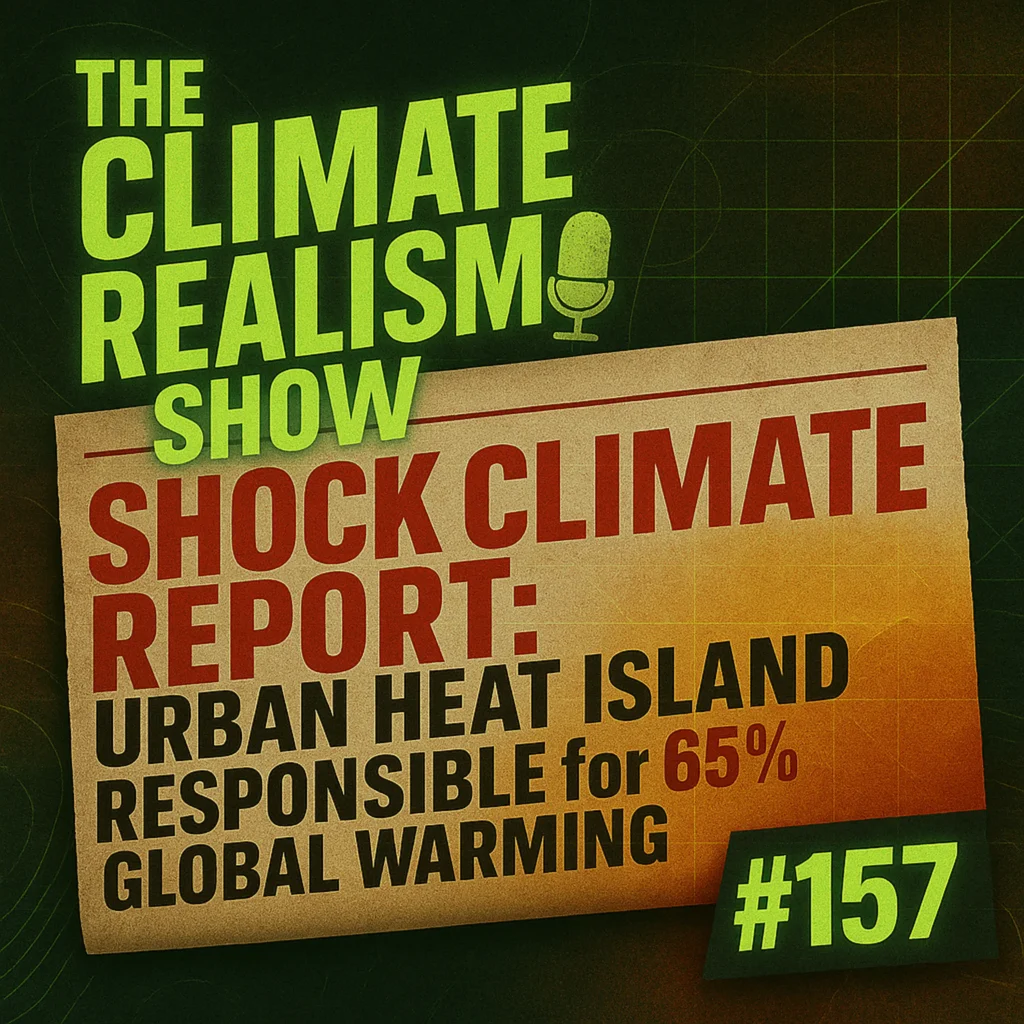In comparing data from two winters in which the average temperature of the latter increased by 7.5°C above the former, the scientists who conducted this study found that the warmer winter was associated with an 11 percent decrease in acute coronary angiographies. And that is one welcomed benefit of warmer winter temperatures!… Read More
The Range Expansions of Large Symbiont-Bearing Foraminifera (6 Aug 2013)
They continue to move poleward as the planet warms, which observation, in the words of the scientists who conducted this study, “corroborate[s] findings from the fossil record that some larger symbiont-bearing foraminifera cope well with rising water temperatures and are beneficiaries of global climate change… Read More
Modeling Multi-Scale Precipitation Variability in the Southwest US (6 Aug 2013)
How well do the models do what they are supposed to do in this regard? The authors of this study conclude that their “comparative analyses suggest that current GCMs/RCMs do not adequately capture multi-scale temporal variability of precipitation,” and, therefore, they say that “using GCM/RCM output to conduct future flood projections is not creditable”… Read More
Cetaceans of the Central Tyrrhenian Sea: Going, Going … Gone??? (6 Aug 2013)
How has their abundance varied over the past two decades? Are rising temperatures causing them to flee?… Read More
Meet the New Models: Are They Any Better Than the Old Models? (7 Aug 2013)
In many important ways, they are not. “If the past is a guide to the future,” as the two researchers of this study put it, “then uncertainties in climate change are unlikely to decrease quickly, and may even grow temporarily”… Read More
Aneurysmal Subarachnoid Hemorrhage and Global Warming (7 Aug 2013)
How is the incidence of the former health risk affected by the latter phenomenon? Gill et al. say their study “is the first to report a direct relationship between a temperature decrease and an increased risk of aneurysmal subarachnoid hemorrhage,” and that “it also confirms the observations of several reports of an increased risk of aneurysmal subarachnoid hemorrhage in cold weather or winter.” And thus it is that their study implies that with a significant degree of global warming, there would likely be a significant decrease in the incidence of aneurysmal subarachnoid hemorrhage… Read More
The Medieval Warm Period in Northern Chile (7 Aug 2013)
Once again, and for a region of the Earth far removed from the North Atlantic Ocean and the lands that surround it, we have evidence for the existence of the Medieval Warm Period and its significant exceedance of the warmth of the Current Warm Period, clearly suggesting that there is nothing unusual, unnatural or unprecedented about Earth’s current level of warmth, nor is there any compelling reason to attribute the essentially non-existent 20th-century warming in Northern Chile to the concomitant increase in the atmosphere’s CO2 concentration, for there was little to no increase in the air’s CO2 content during the development of the much greater peak warmth that was experienced at that location back in the middle of the Medieval Warm Period… Read More





